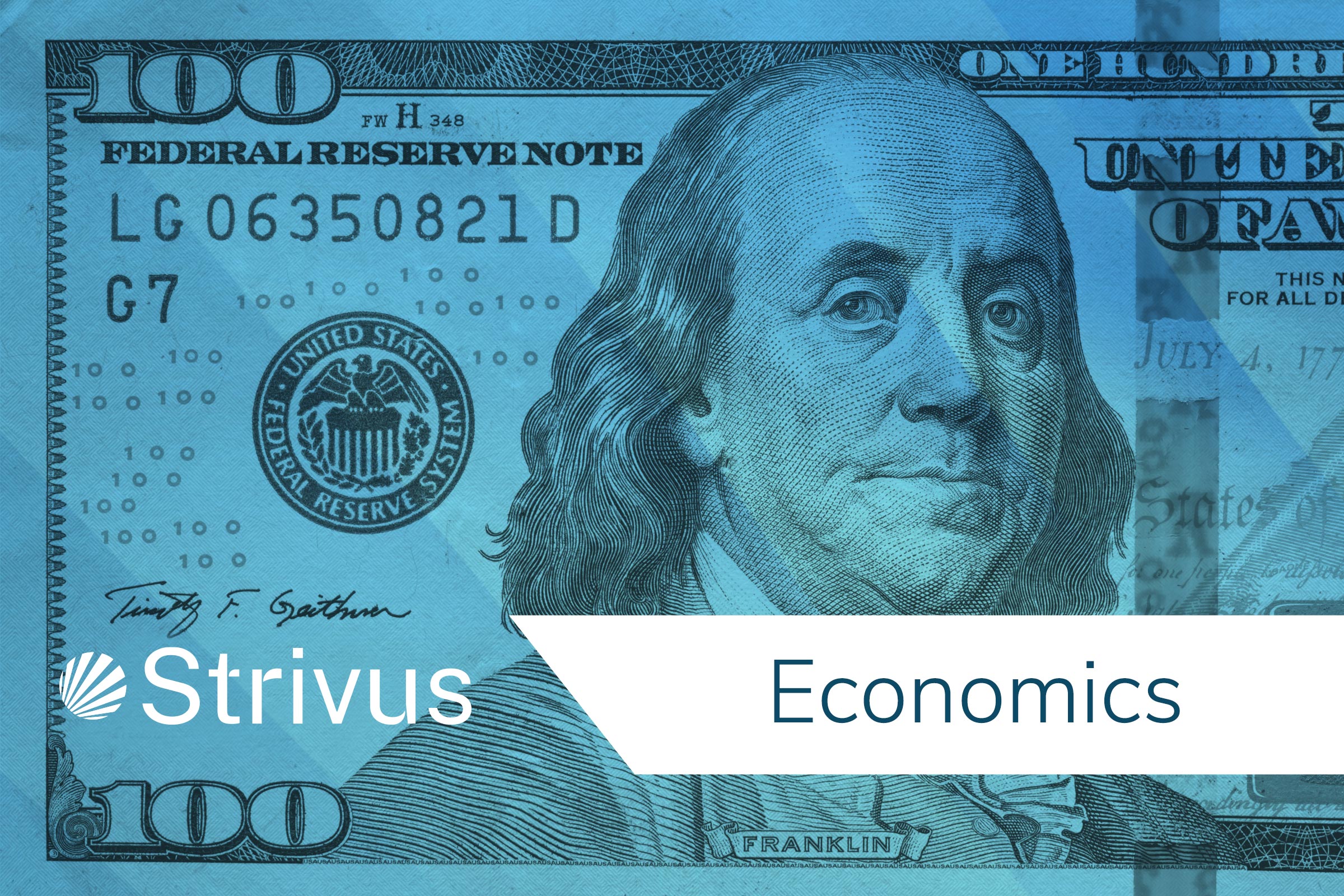Education

Lower Interest Rates At Last

When politics meets economics (which happens far too often), someone is bound to get his or her feelings hurt. Starting at noon on January 20, 2025, and running continuously until Wednesday, September 18, 2025, Jerome Powell, the Chairman of the Federal Reserve (FED), has been on a political collision course with the President of the United States, Donald J. Trump.
The “Mutual Dis-Admiration Society” these two have developed has been on public display for several months, and it’s not over yet. Neither of the individuals involved deserves sole blame for where our economy stands right now, nor with our current inflation. Their jobs are to improve the state of the economy.
President Trump wants interest rates much lower to stimulate business, so the economy will flourish. The FED has a dual responsibility, to both the economy and the rate of inflation, presenting often-conflicting goals. In my opinion, this is a flaw in the very concept of the FED, which Thomas Jefferson opposed with his massive political clout. During his lifetime and beyond, Jefferson’s side kept winning, and the U.S. had no Central Bank. That changed in 1913, when circumstances changed, and Congress authorized a Central Bank.
Regardless of any reader’s opinion on that subject, airing in public the dirty laundry of political and economic policy is never pretty. This particular spat provides visual evidence that political conflicts should be negotiated behind doors, with results made public after final decisions are made.
Enough with the infighting – the FED has now made their pronouncement regarding the current direction of interest rates (down). All Americans are affected to some degree, and investors should now plan their strategies. Following a decade or so of near-zero interest rates, savers have lately been relishing higher returns in the Money Market, on CDs, and on High-Yield Savings. The FED’s recent interest rate reduction of one-quarter point will not make a great deal of difference, but more cuts are coming, and each reduces low-risk money-making opportunities.
For the risk-averse, buying longer-term CDs will lock in today’s interest rates during this FED easing cycle. Other investors may want to increase the bond portion of their portfolio mix, as bond prices rise in reaction to interest rate cuts. We prefer using bond mutual funds to diversify holdings and take advantage of rising prices on existing bonds already held in the funds.
Whenever interest rates change, winners and losers are created. During this FED rate easing cycle, investors (creditors) should implement portfolio changes, while borrowers (debtors) will be better able to afford major purchases that rely on financing, including home mortgages and auto loans.
Whichever side you are on, be pro-active while making your adjustments, and the long-term result will tilt in your favor.
